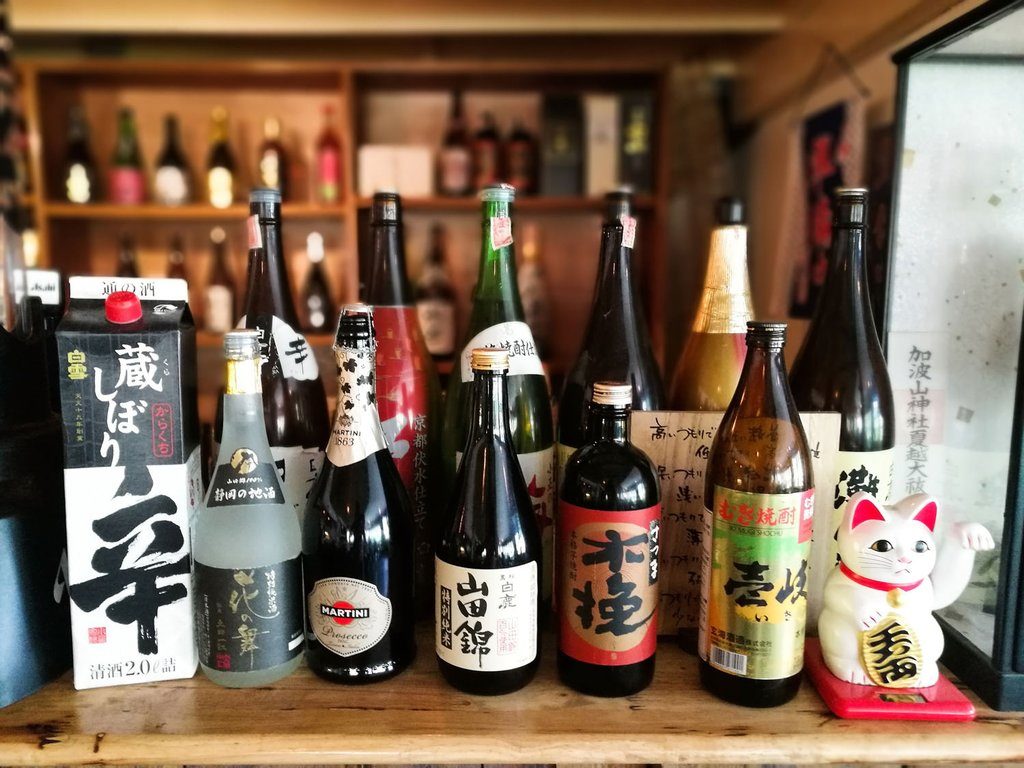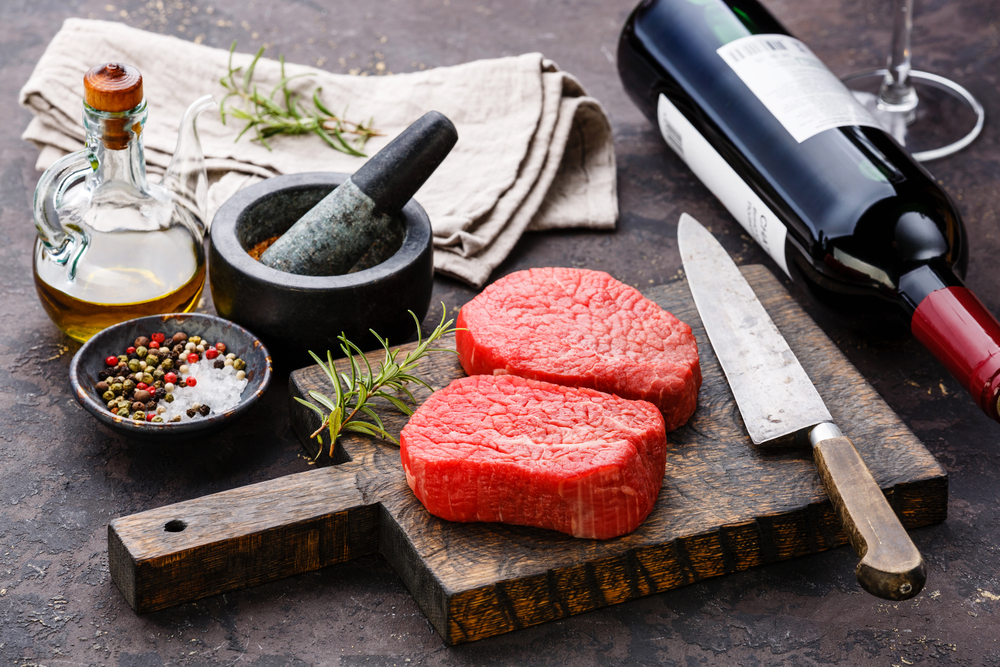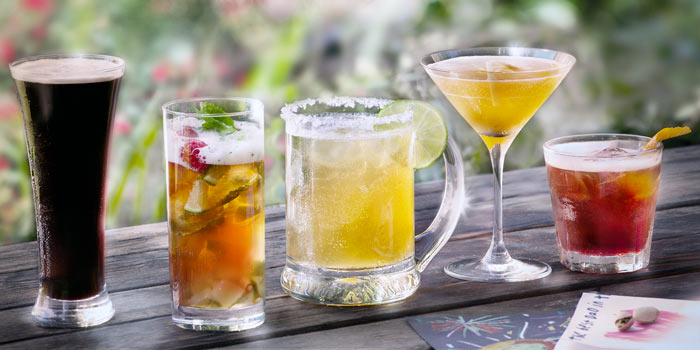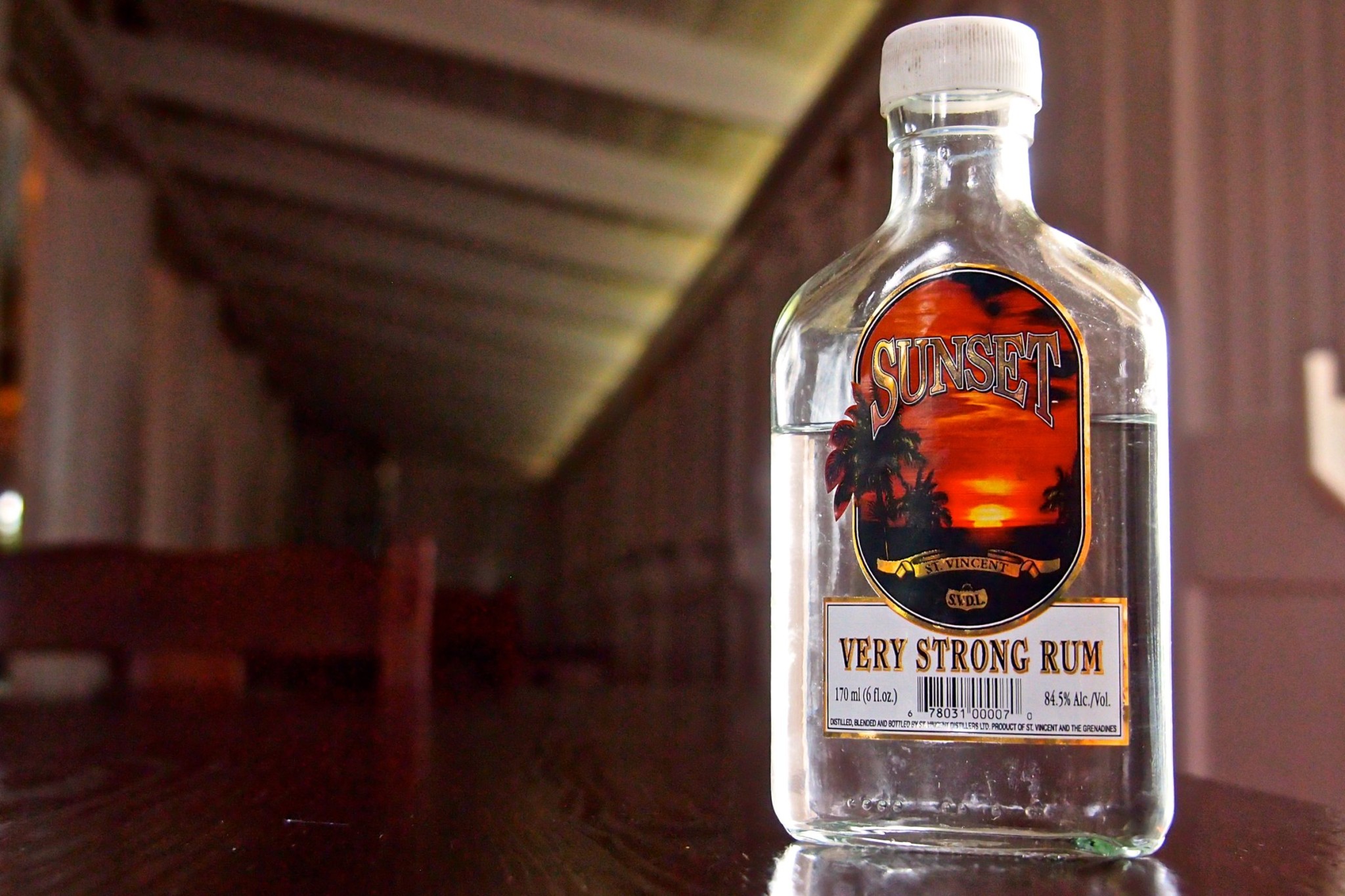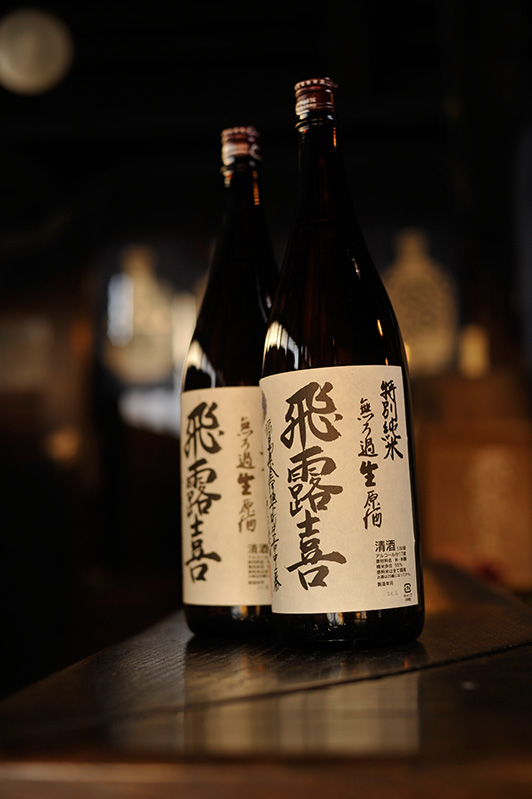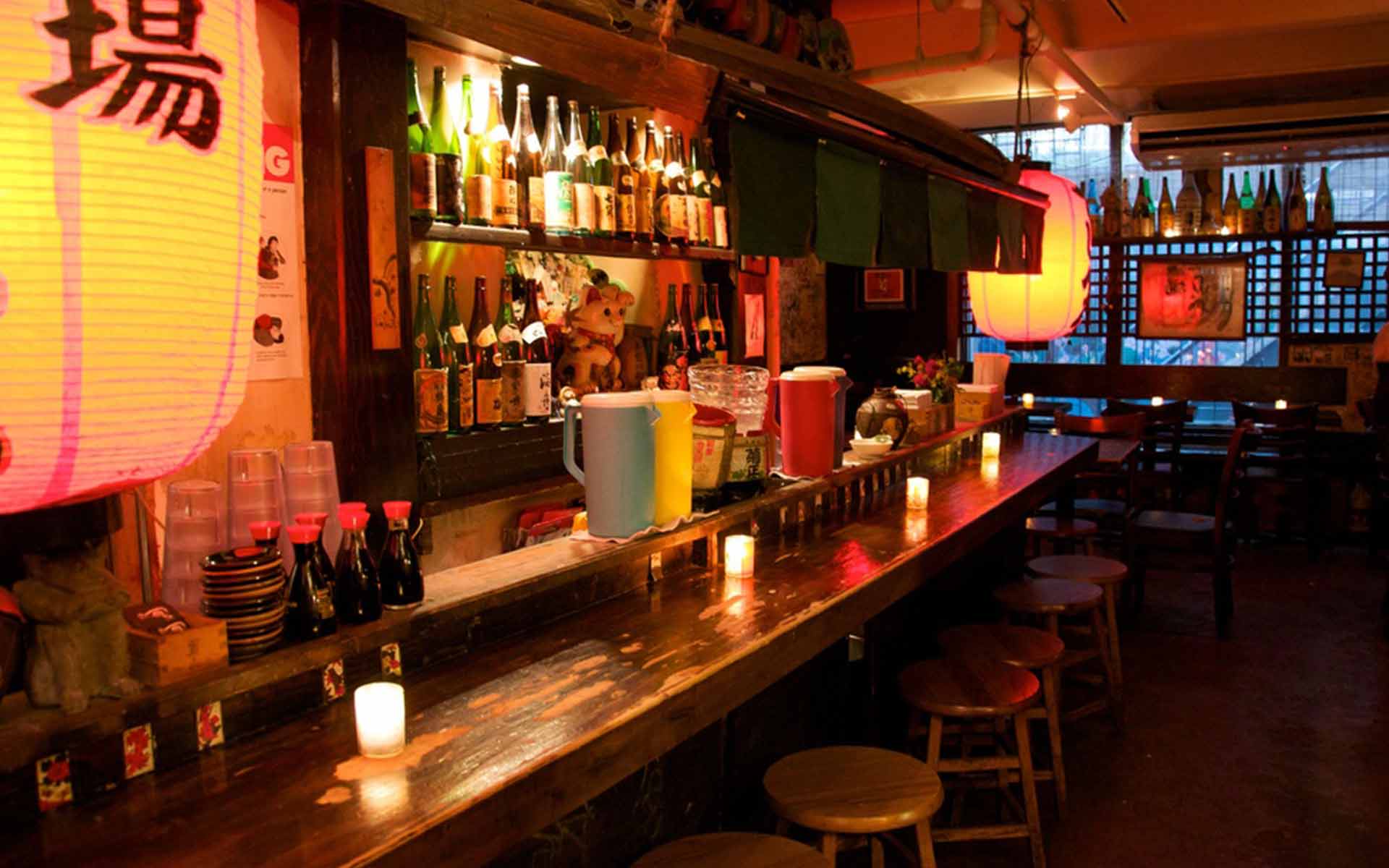Sake is Japan’s traditional, favourite liquor and it’s a large element of their culture. The love for sake is catching on worldwide with Japanese restaurants serving them to make their meals more authentic. Here’s why it’s much more than just alcohol.
The fermentation process is complex: Although it’s widely identified as wine, sake is closer to beer. The rice is steamed and injected with a special fermentation culture known as koji. This develops up to 14-20 percent alcohol quotient and then gets diluted with water to about 15 percent.

Sake is really versatile: Sake can be dry or sweet. Look for the nihonshu-do label since it acts like a sweetness meter and will help you make your choice. The major difference from wine is that sake does not mature or get better with age. The only exception is Koshu sake that has been aged before bottling.

Each sake needs to be consumed differently: There’s a common myth amongst amateur sake drinkers that only cheap sake is consumed warm. That’s untrue. The label on each bottle come with a recommended temperature. Subtle sakes like Daiginjo are typically consumed cold to maintain its crispiness and delicacy. Kimoto and yamahai brewing methods are utilised on more acidic and robust sakes to accentuate these characteristics.

Its price depends on the polish of rice: ‘Sake’ means alcohol in Japanese and it’s made by brewing a special strain of rice. With the best sakes, the rice is polished to remove the outer bran. It often shrinks by 30% or so. Daiginjo sake mostly has 50 percent removed through polishing, thus being the most premium sake out there.

The label on the bottle says everything about that sake: The Sake Meter Value (SMV) or nihonshu-do represents the sugar quotient in a sake – sweeter sake will present a negative value while dryer sakes will have a positive value ranging from -10 to 15. This doesn’t mean the sake will be sweet though, that depends on the balance. Sando measures acidity and Amino acid indicator aka Aminosan-do acid signifies the richness and chunkiness of the sake. You can learn everything about a bottle of sake from the label.

